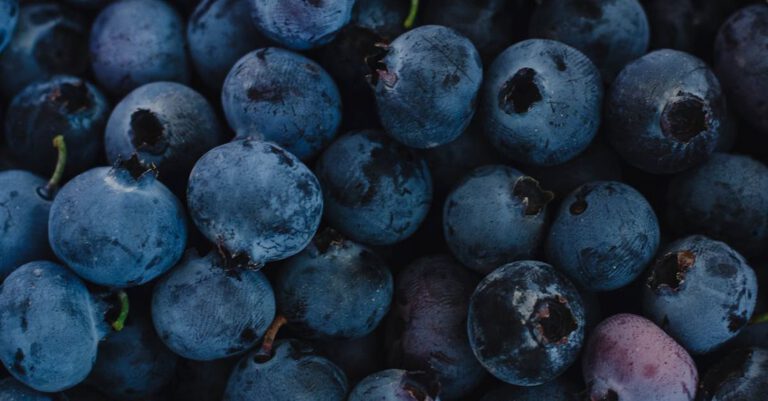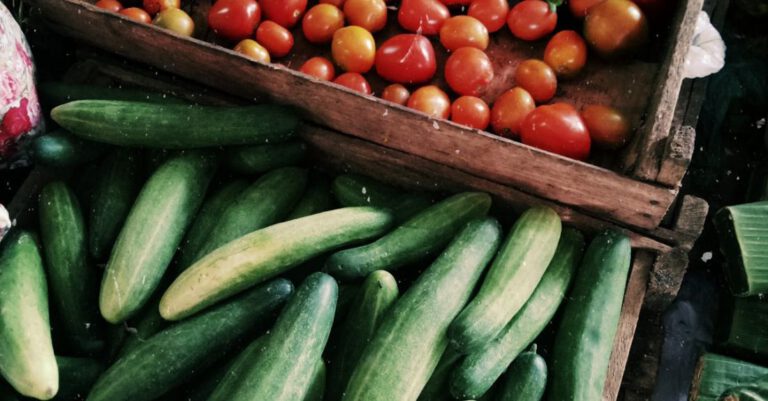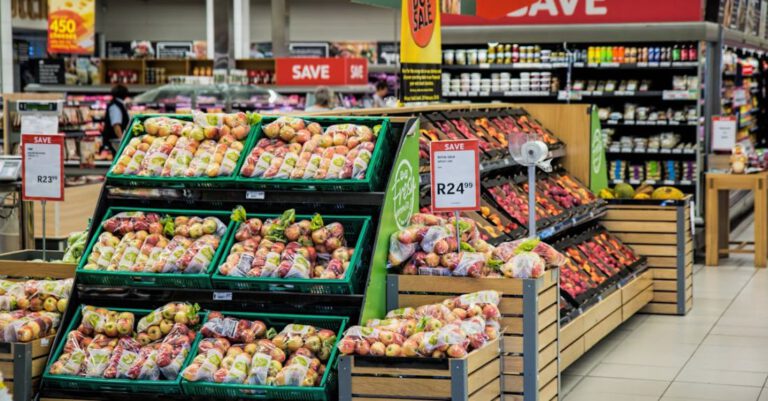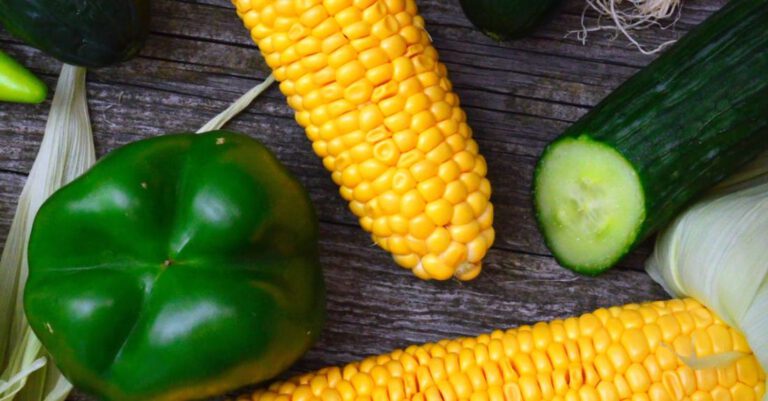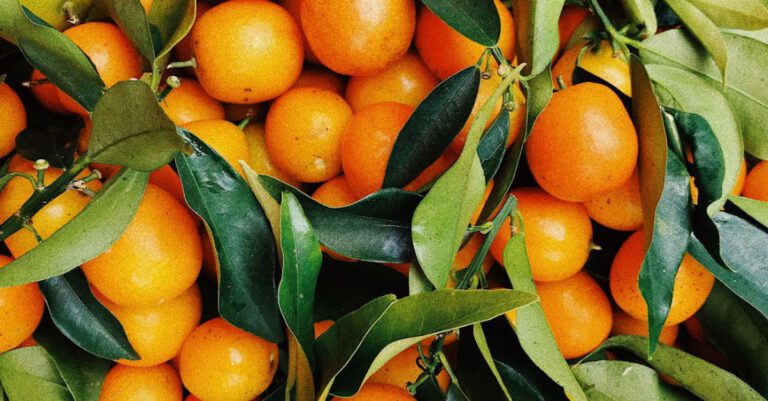
When it comes to selecting fresh seasonal produce, knowing what to look for can make a significant difference in the quality and taste of your meals. Seasonal fruits and vegetables not only offer better flavor but also tend to be more nutrient-dense. By understanding how to identify and choose the best produce of the season, you can elevate your culinary experiences while supporting local farmers and reducing your carbon footprint. Here are some tips to help you navigate the market and select the freshest seasonal produce.
Understanding Seasonality
Before diving into the tips for selecting fresh seasonal produce, it’s essential to understand the concept of seasonality. Seasonal produce refers to fruits and vegetables that are harvested at a specific time of year when they are at their peak freshness and flavor. These seasonal items are typically grown locally and are more abundant during certain times, depending on the climate and growing conditions of a particular region.
Observing the Appearance
One of the first indicators of freshness is the appearance of the produce. When selecting fruits and vegetables, look for vibrant colors, firm textures, and minimal blemishes. Avoid produce that looks wilted, bruised, or discolored, as these are signs that the item is past its prime. For example, ripe tomatoes should have a rich red color and feel firm to the touch, while fresh greens should be crisp and free of yellowing or wilting.
Smelling the Aroma
The aroma of a fruit or vegetable can also provide valuable clues about its freshness. A ripe piece of produce should have a pleasant, sweet, or earthy smell that is characteristic of its variety. For instance, ripe peaches should have a fragrant, sweet aroma, while fresh herbs should release a strong, aromatic scent when gently crushed. If the produce lacks a distinct smell or has a musty or off-putting odor, it may be past its prime.
Checking for Firmness
The texture and firmness of the produce can indicate its freshness and ripeness. When selecting fruits such as apples, oranges, or peaches, gently squeeze them to ensure they are firm but yield slightly to pressure. Overly soft or mushy fruits may be overripe and lacking in flavor. For vegetables like cucumbers, zucchinis, or bell peppers, a firm and crisp texture is a good sign of freshness. Avoid vegetables that feel mushy or have soft spots, as they may have started to spoil.
Examining the Stem and Leaves
For leafy greens and herbs, the condition of the stems and leaves can reveal a lot about their freshness. Look for greens with crisp stems and vibrant, unwilted leaves. Avoid greens with yellowing or browning edges, as these are signs of deterioration. Fresh herbs should have bright green leaves and a strong aroma. Check the stems of herbs like cilantro or parsley for any signs of wilting or sliminess, which indicate that the herbs are no longer fresh.
Choosing In-Season Varieties
Selecting produce that is in season is crucial for ensuring freshness and flavor. In-season fruits and vegetables are more likely to have been recently harvested and transported shorter distances, which can contribute to their superior taste and quality. Additionally, seasonal produce is often more affordable and abundant, making it a cost-effective and sustainable choice for your meals. To determine what is in season in your area, check with local farmers’ markets, consult seasonal produce guides, or ask your grocer for recommendations.
Storing and Handling Fresh Produce
Once you’ve selected your fresh seasonal produce, it’s essential to store and handle it properly to maintain its freshness and flavor. Store fruits and vegetables in the refrigerator or at room temperature, depending on the variety, to prevent spoilage. Avoid washing produce before storing it, as excess moisture can lead to mold growth. To prolong the shelf life of fresh herbs, trim the stems and place them in a glass of water, covering the leaves with a plastic bag. By storing and handling your produce correctly, you can enjoy the full benefits of its freshness and taste.
Incorporating Seasonal Produce into Your Meals
Finally, once you’ve chosen your fresh seasonal produce, get creative with how you incorporate it into your meals. Experiment with different cooking techniques, such as roasting, grilling, or sautéing, to enhance the natural flavors of the produce. Consider pairing seasonal fruits with yogurt or oatmeal for a nutritious breakfast or adding fresh vegetables to salads, soups, or stir-fries for a flavorful lunch or dinner. By embracing seasonal produce in your cooking, you can enjoy the best that each season has to offer while supporting local farmers and promoting sustainability.
In conclusion, selecting fresh seasonal produce is a rewarding experience that can elevate your meals and support local agriculture. By understanding the signs of freshness, choosing in-season varieties, and handling produce properly, you can enjoy the full flavor and nutritional benefits of seasonal fruits and vegetables. Incorporate these tips into your shopping routine to make the most of each season’s bounty and savor the vibrant tastes of nature’s harvest.
